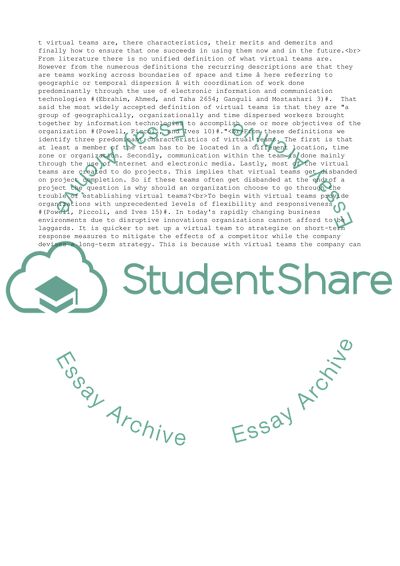Cite this document
(“Global teamwork and management through network technologies are now Research Paper”, n.d.)
Retrieved from https://studentshare.org/management/1587304-global-teamwork-and-management-through-network-technologies-are-now-available-to-all-companies-large-or-small
Retrieved from https://studentshare.org/management/1587304-global-teamwork-and-management-through-network-technologies-are-now-available-to-all-companies-large-or-small
(Global Teamwork and Management through Network Technologies Are Now Research Paper)
https://studentshare.org/management/1587304-global-teamwork-and-management-through-network-technologies-are-now-available-to-all-companies-large-or-small.
https://studentshare.org/management/1587304-global-teamwork-and-management-through-network-technologies-are-now-available-to-all-companies-large-or-small.
“Global Teamwork and Management through Network Technologies Are Now Research Paper”, n.d. https://studentshare.org/management/1587304-global-teamwork-and-management-through-network-technologies-are-now-available-to-all-companies-large-or-small.


